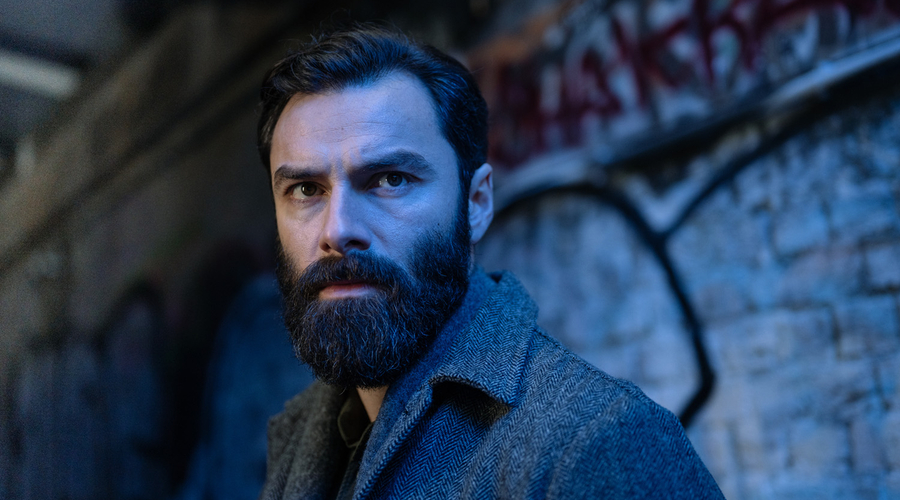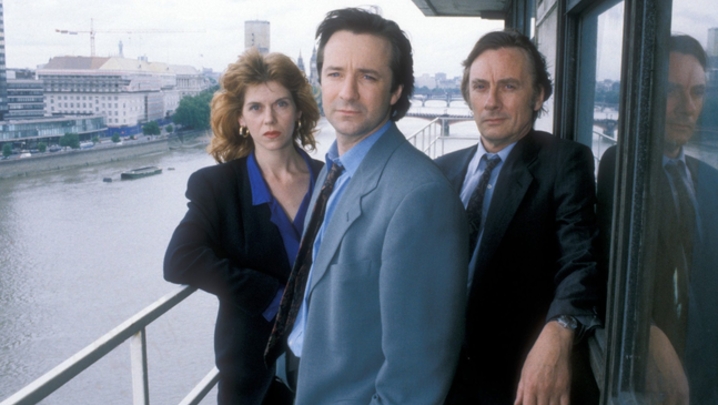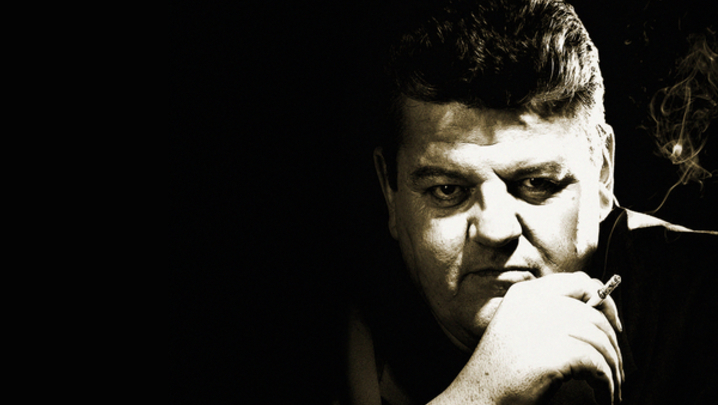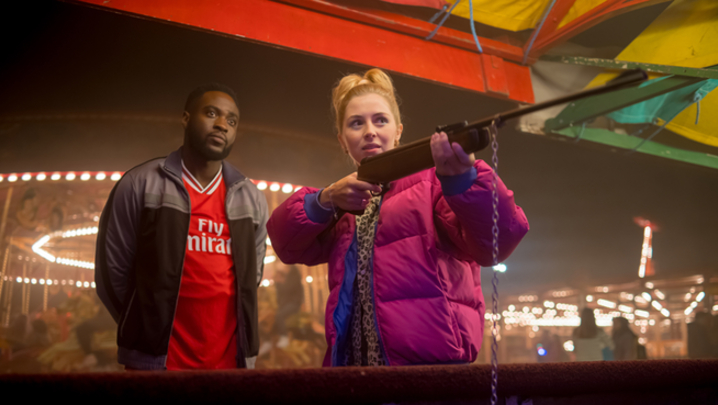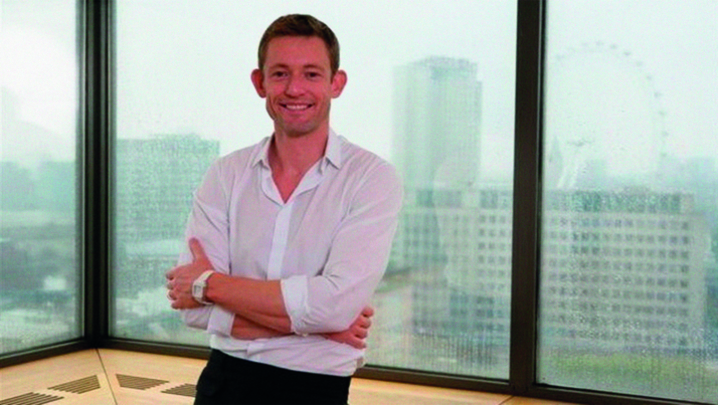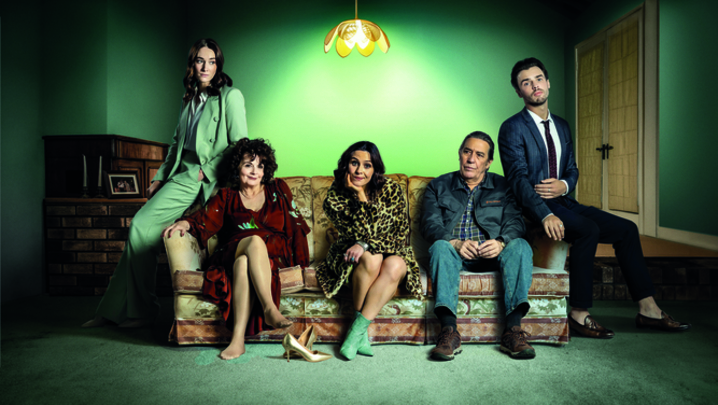ITV’s new thriller The Suspect, starring Aidan Turner, twists some of the genre’s conventions. Shilpa Ganatra discovers how it was done.
If there’s one thing us Brits know how to do well – apart from make a mean cup of tea and queue politely – it’s how to make a compelling TV crime drama. In recent years, the likes of Killing Eve, Line of Duty, Informer, Bodyguard and The Responder have all been jewels in prime-time schedules and reliable exports. But this has consequences for developing a new series as producers needs to offer something a little different.
Enter The Suspect, based on Michael Robotham’s 2004 bestseller. Set in central London, it follows clinical psychologist Joe O’Loughlin (played by Poldark’s Aidan Turner) as he joins forces with detectives Vincent Ruiz (Shaun Parkes) and Riya Devi (Anjli Mohindra) to solve the case of a brutally murdered woman.
But it turns out that things may not be all they seem when we discover that our hero knows more about the case than he initially lets on. The big question of this whodunnit then becomes: did he dunnit?
After a screening of the first episode in London, Jake Lushington, head of drama at World Productions (responsible for Line of Duty, Vigil and Save Me) explained to the RTS that it’s a small but fundamental twist on the ever-popular genre: “It is interesting, how do you make crime different? You think, ‘Well, let’s set it on Mars’. But actually… not letting the audience know who your good guy is and who’s the bad guy, is just as radical.”
We see this played out in a nail-biting scene in the first episode, in which O’Loughlin, the honest chap he appears, visits Ruiz at the police station to volunteer the information that he was near the graveyard where the body was found. But, as they speak, Ruiz finds out that O’Loughlin has been lying about another aspect of the investigation.
The premise relies on maintaining tension, so that the viewer never knows which way the story will fall. In turn, that relies on clever direction, scripting and editing (as one unsubtle clue too many can give the game away), as well as the skill of the lead actor, Turner.
“You can only play Joe’s truth,” Turner says of the acting challenge. “I had to be careful about any of that disingenuous stuff, the hoodwinking of the audience. If it’s naturally captured, absolutely, it feels right. But for me, I can never be, like, ‘Here’s my evil look, here’s my confused look’. Everything had to be steeped in truth.”
A fan of the book already, Lushington lost out the first time that the rights were on the table. But it was second time lucky and, once the rights were acquired, he swiftly brought on Peter Berry (Gangs of London, The Last Enemy) as writer, and James Strong (Broadchurch, Vanity Fair) as lead director, with whom he had worked on Vigil.
ITV, too, got on board quickly and gave the creative team the freedom it needed. “That’s the great thing about working with ITV,” says Lushington. “It gave us two or three key notes but didn’t micromanage at all. Most [of its input] related to what we knew about Joe and how far we could push that. They were good notes, which affected the middle of the series quite a lot. After that, it wasn’t, like, ‘Show us your homework when you’ve done it’.”
Key to the tone of the show was the main location of central London. With cramped pubs, a hotchpotch of architecture, and London Bridge in the background, The Suspect is firmly rooted in today’s capital. While it added “a huge amount” to the budget, says Lushington, that wasn’t the only issue the production team faced due to the built-up location.
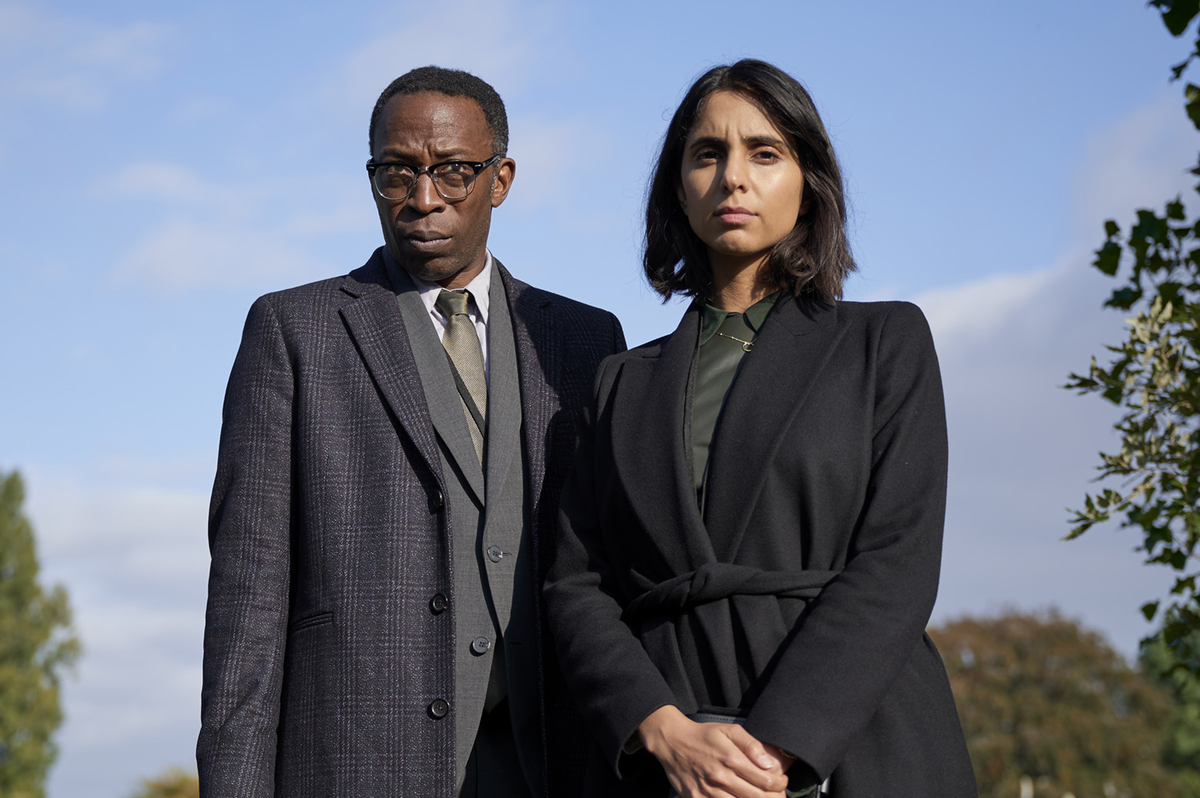
Now that almost every spare patch of land in London has been developed, the main problem was the lack of available unit bases. Strong explains: “There are lots of things now filming in London, so the competition for these unit bases becomes tough. You have to be lean and mean and as efficient as you can be.”
For example, when filming in a building opposite the Shard, “we couldn’t get all the make-up, costume and lighting trucks that close. So they had to come in early, drop everything off, and we did hair, make-up and costume on another floor in the building.
Initially, you’re like, ‘Is this too much hassle?’. But when you see it on screen, you realise that it’s worth pushing that extra bit.”
Reflecting contemporary London, the diverse cast – including ethnic-minority background actors and a disabled technician – adds to the series’ authenticity. Shaun Parkes says: “It wasn’t done in a worthy way where, when you’re watching it, that’s all you’ll be thinking about. It was just done in a way that represents London now. I’ve been waiting for many years to be in things that just represent the world that we see every day. Whenever that turns up, it’s another reason to do a project like this.”
Another case in point is the dramatic opening scene starring newcomer Gabin Kongolo as Malcolm, a suicidal terminally ill patient talked off a hospital ledge by O’Loughlin, who happens to be in the vicinity. “We didn’t consider that Malcolm had to be played by a diverse actor. He was just bloody brilliant,” says Lushington. “He was still at drama school, so we had to get him out of school, and he knocks it out of the park. When that happens, it’s one of the more thrilling things of my job.”
Taking realism one step further in that scene, the firefighters who brief O’Loughlin as he walks out to the ledge (much needed, as Turner did a lot of the action himself, despite being scared of heights) were sourced directly from London Fire Brigade. Says Turner: “I thought he was an actor, and I said, ‘you’re really good’. And he said [putting on a nonchalant inner-London accent], ‘I’ve done this before, mate’. It felt so real, like he was really walking me out. That was an interesting day.”
The idea to source real-life specialists came from Strong’s work in drama documentaries. “We couldn’t afford real actors to do reconstructions, so we’d get the real police officers to do it, or the real soldiers,” he explains.
“Whenever there’s an emergency service, or army scene, it helps to get real people to come in. And they’re not nervous at all, because they do it every day. I remember in Liar, in the scene where Joanne Froggatt is examined after being raped, it’s a real rape nurse that features. She dealt with Jo exactly as if she was a patient.
“But it’s a tricky one, because the second you ask them to do something that’s outside of their comfort zone, they don’t know what to do. You’ve got to be careful.”
Lushington agrees: “When you’re working on the nuance of the everyday, the actors know how to get the most juice, and how to make them different or special. It’s a trade-off between those two things.”
Looking ahead, it’s something of a spoiler that The Suspect is the first of a Joe O’Loughlin book series (for which World Productions owns the TV rights), but, as Lushington points out, “you still don’t know what happens to Joe and what Joe’s done”. Yet it all points to the likelihood that it won’t be the last we’ll see of Joe and the detectives – much to the delight of the hordes of TV crime fans everywhere.

